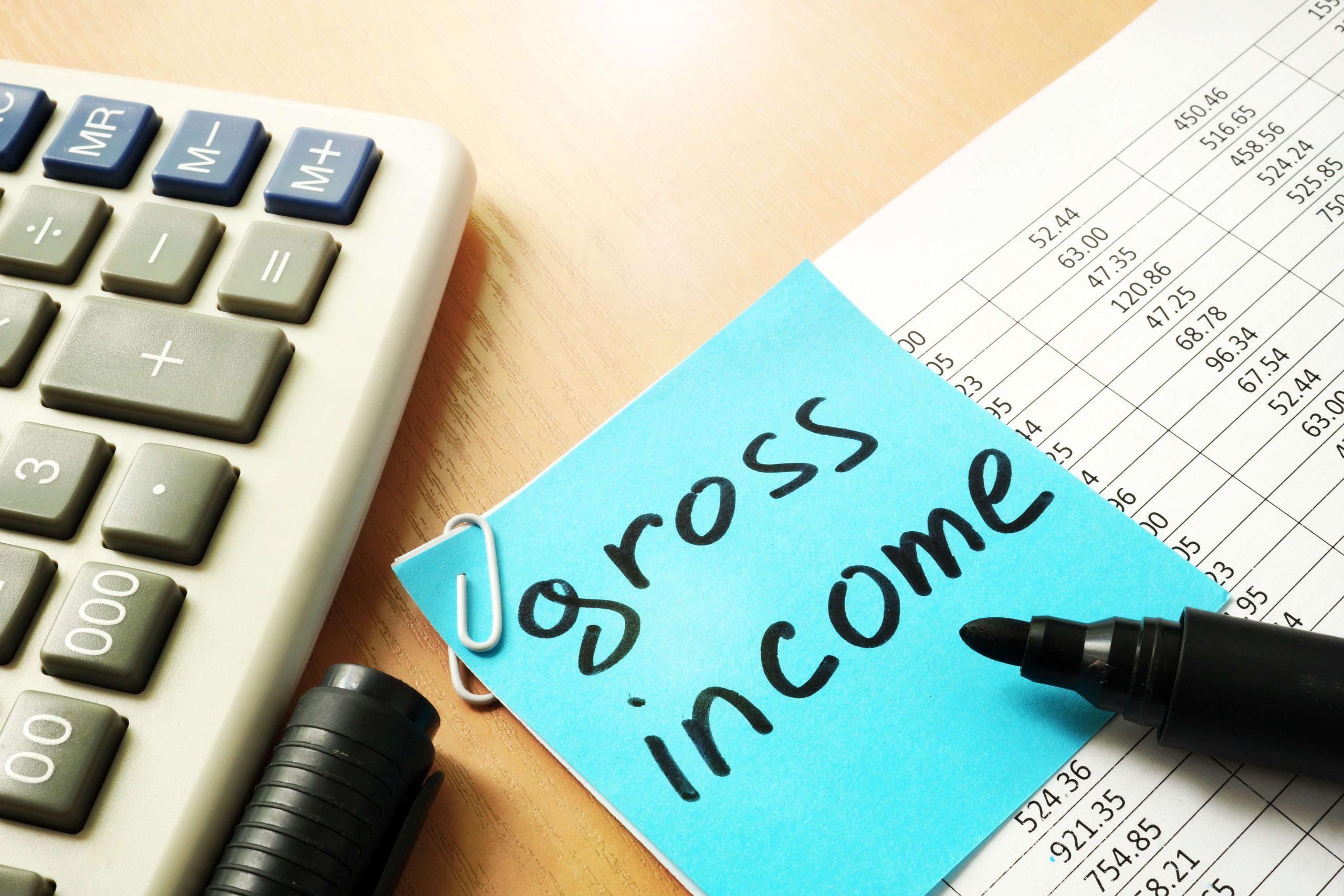Content

Note that only active accounts that will appear on the financial statements must to be listed on the trial balance. If an account has a zero balance, there is no need to list it on the trial balance. To review balances by object account across all business units, print the Trial Balance by Object Account report.
nfl store
sex toys for sale
nike air max 270 sale
wigs for women
team uniforms
nike air max shoes
adidas factory outlet
nike air max sale
best sex toys
cheap wigs
custom jerseys
basketball jeresys custom
baseball jerseys custom
sex toy store
Human Hair Wigs
nike air max 90
Another common error a trial balance does not catch happens when a single transaction is posted twice. The trial balance is a useful tool, but every transaction must be carefully analyzed, journalized, and posted to ensure the reliability and usefulness of accounting records. If the difference between the debit and credit balance totals is not divisible by 2 or 9, look for a ledger account with a balance that equals the difference and is missing from the trial balance. Of course, two or more errors can combine to render these techniques ineffective, and other types of mistakes frequently occur.
If the error is not apparent, return to the ledger and recalculate each account’s balance. If the error remains, return to the journal and verify that each transaction is posted correctly.
The trial balance test, incidentally, is not comprehensive error checking. Quite a few other kinds of errors can enter the system while and still leaving total-debits equal to total credits. As a result, the trial balance period calls for several different types of error checking besides the trial balance itself.
What Is The Purpose Of A Trial Balance?
Bank statements should agree with ledger balances for cash accounts, for instance. And, liability accounts for bank loans should coincide with the lender’s account statements, and so on. The trial balance report provides detail of the account balances in the general ledger. Trial balance reports are helpful in identifying missing entries or expense posting concerns in the ledger during closing. Pull a trial balance report before you complete your closing cycle to ensure that your accounts are accurate before the system finalizes the month’s reports. AccountDebitCreditCash$11,670-Accounts receivable-0–Insurance payable420-Supplies3,620-Furniture16,020-Accounts payable-220Unearned consulting revenue-1,000Notes payable-6,000Mr.
Serious errors may have been made, such as failure to record a transaction, or posting a debit or credit to the wrong account. For instance, if a transaction involving payment of a $ 100 account payable is never recorded, the trial balance totals still balance, but at an amount that is $ 100 too high. An error of omission is when a transaction is completely omitted from the accounting records. As the debits and credits for the transaction would balance, omitting it would still leave the totals balanced. A variation of this error is omitting one of the ledger account totals from the trial balance . When the difference between debit and credit totals is evenly divisible by 9, this is a mathematical indicator that the account balances may include a transposition error in one of the accounts. Transactions enter the journal as the first and second steps in the accounting cycle.

It will not detect, for instance, transactions that should have been posted but were not. But if you wait and create the invoice item adjustment with an effective date of April 2, the invoice will show up in the aging balance for $100. This happens because you created the invoice item adjustment after the end of the accounting period , so the invoice is still considered to have $100 past due for that accounting period. Because the trial balance is used to create a summary of your accounting period so that you can perform reconcilation and troubleshooting tasks, it is best that you initiate the trial balance. Click theNameof an open accounting period link to view details about the accounting period. If you have run a trial balance previously, this page includes the last date that the trial balance was run . An error of reversal is when an entry is made in the correct amount but is inputted as a credit instead of a debit or vice versa.
Happy Business Starts Here
The report tests the arithmetical accuracy of the books of accounts and locates errors. It helps in the preparation of the final account at the end of each year to understand the operating result and financial position of a business organization. An error of commission is when the entries are made at the correct amount, and the appropriate side , but one or more entries are made to the wrong account of the correct type.
Currently, the application does not calculate net income for grouping schedules other than the Account Classification grouping schedule. When you close the Accounting Period, Zuora automatically runs a trial balance just to make sure that there are no changed or new transactions since the last time you ran a trial balance.
【Trial balance】 :試算表 #会計x英語 #uscpa #簿記
— 国際経理の中の人 (@baticwords_bot) November 25, 2021
Adjustments are not so much a matter of fixing errors, as they are improvements in the accounting accuracy. The intent is to match revenues and expenses more correctly to the appropriate period. Note that total debits and total credits to a single account are not necessarily equal, either for the period or the account’s entire history. Note especially that the difference between debit and credit totals across the account’s history, represents the current account balance.
Trial Balance Finds Some But Not All Errors
Business CycleThe business cycle refers to the alternating phases of economic growth and decline. Operating RevenuesOperating revenue is defined as revenue earned by an individual, corporation, or organization from the core activities that they undertake on a regular basis.
For example, if insurance costs are debited to an income account , a trial balance worksheet would not be able to detect this and totals on the trial balance may still be equal. Fill in the names of each account as well as each ledger account’s total debits or credits for the accounting period. After the accounts are analyzed, the trial balance can be posted to theaccounting worksheetandadjusting journal entriescan be prepared.
Financial Accounting
Operating ExpensesOperating expense is the cost incurred in the normal course of business and does not include expenses directly related to product manufacturing or service delivery. Therefore, they are readily available in the income statement and help to determine the net profit. Have final balances for all accounts available in trial balance so that they can do their job more efficiently. They use the general ledger to trace balances back to individual transactions of each head. AuditorsAn auditor is a professional appointed by an enterprise for an independent analysis of their accounting records and financial statements. An auditor issues a report about the accuracy and reliability of financial statements based on the country’s local operating laws.
【Trial balance】 :試算表 #会計x英語 #uscpa #簿記
— 国際経理の中の人 (@baticwords_bot) November 23, 2021
We’re here to take the guesswork out of running your own business—for good. Your bookkeeping team imports bank statements, categorizes transactions, and prepares financial statements every month. Using information from the asset, liability and equity accounts in the trial balance, you can prepare a balance sheet. Using information from the revenue and expense account sections of the trial balance, you can create an income statement. The accounting cycle is a multi-step process designed to convert all of your company’s raw financial information into usable financial statements. Accounts PayableAccounts payable is the amount due by a business to its suppliers or vendors for the purchase of products or services.
How To Analyze Trial Balance In The Steps Of The Accounting Cycle
Trial balance reports are useful when you need to verify the accuracy of individual ledger account balances and your overall ledger. If a balancing problem occurs, you can review these reports to locate the problem. For example, you can use a trial balance report to locate which period is out-of-balance. You can also use the report to analyze the debit and credit totals that make up your trial balance. Even when the debit and credit totals stated on the trial balance equal each other, it does not mean that there are no errors in the accounts listed in the trial balance.
- These are balanced out on the other side by capital payment, a payment from a creditor, and a bank loan.
- Trial balance results will look like Exhibit 4, below, mainly a table of accounts and account balances.
- The trial balance’s primary purpose is to detect any errors that have been made when credits or debits were inputted into a company’s accounting system.
- The trial balance lists every open general ledger account by account number and provides separate debit and credit columns for entering account balances.
- The equality of the two totals in the trial balance does not necessarily mean that the accounting process has been error-free.
A general ledger helps to achieve this goal by compiling journal entries and allowing accounting calculations. When the trial balance is first printed, it is called the unadjusted trial balance.
Create an adjusting entry to balance the account once you identify the problem transaction. A variance in balances is typically an expense posted to your ledger that was accrued in a prior month. Open your project and select the Trial Balance to add, edit, delete, import, and export account and balance information. You can also customize views to include or exclude columns in the Trial Balance. The Accounting Close Aging Balance includes all invoices with balances greater than zero for the specified date ranges, in the current accounting period. The balance will not include cancelled invoices, or invoices that have been paid.
Both ways are useful depending on the site of the company and chart of accounts being used. Use this report to print a statutory account on a trial balance instead of the business unit.object.subsidiary account code. The category code indicates the account number and the category code description indicates the account description. To review balances for business units, print the Trial Balance by Business Unit report. You can specify summarization at any level of detail without printing lower levels. This report provides subtotals at all higher levels and a grand total for company and report. By checking this, if an accountant finds that the trial balance does not agree, any differences can be investigated and straightened out prior to crafting the financial statements.
Without witness protection, justice hangs in balance – Times of India
Without witness protection, justice hangs in balance.
Posted: Thu, 18 Nov 2021 08:00:00 GMT [source]
You could also take the unadjusted trial balance and simply add the adjustments to the accounts that have been changed. In many ways this is faster for smaller companies because very few accounts will need to be altered.
Next up is editing the information before we can publish our story in financial statements. The following video summarizes what elements are included in a Trial Balance and why one is prepared. The trial balance is the edit phase of our story before we publish the results in financial statements.

This information will then be used to complete the trial balance. When looking at the trial balance meaning, it’s helpful to define what would go into each side of the equation. CookieDurationDescriptionakavpau_ppsdsessionThis cookie is provided by Paypal. The cookie is used in context with transactions on the website.x-cdnThis cookie is set by PayPal. Compensating errors are multiple unrelated errors that would individually lead to an imbalance, but together cancel each other out.
Author: Roman Kepczyk